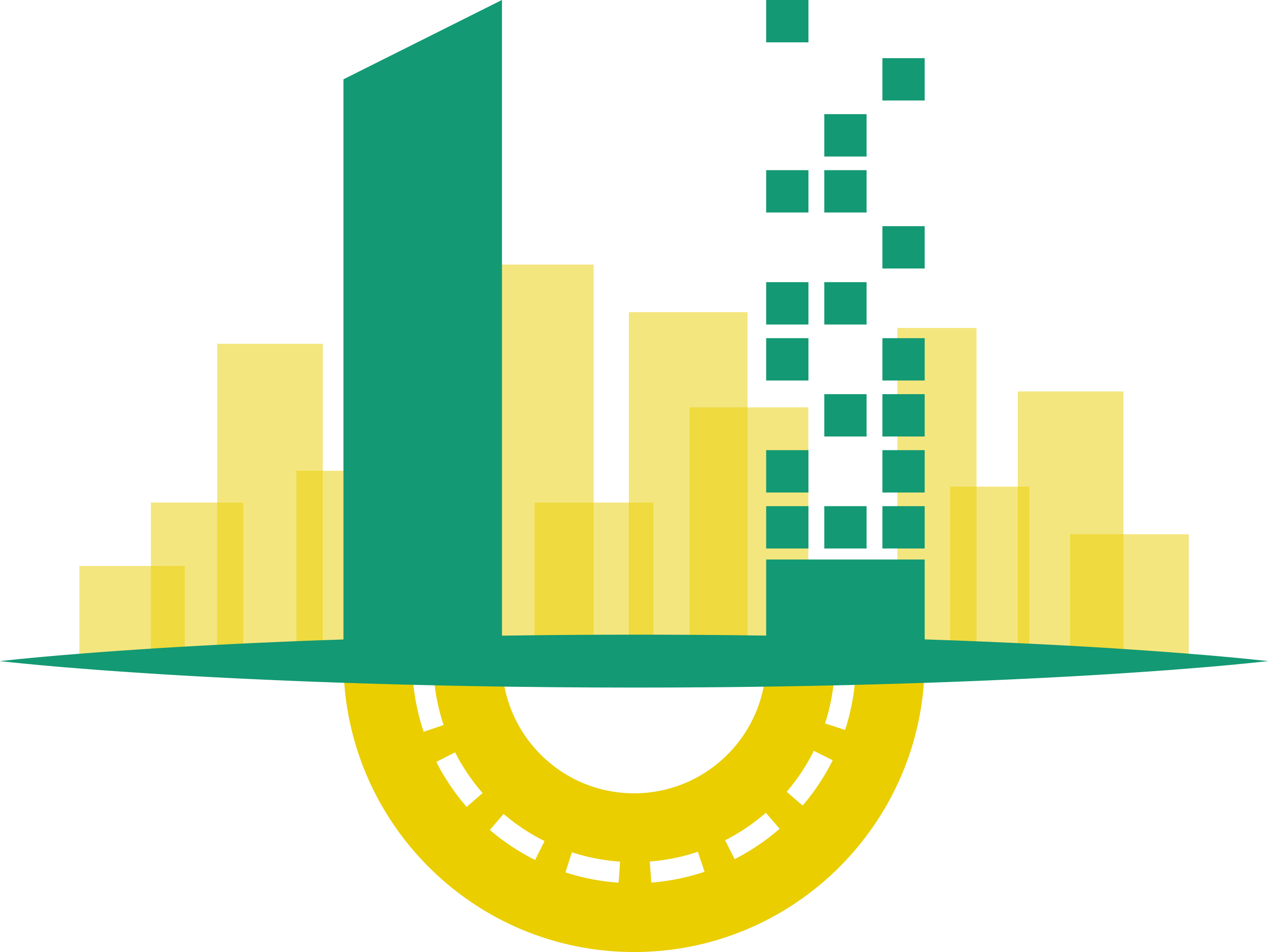Simulation scenarios for cities
Creating simulation scenarios for the four cities included in the URBANITE project, those being Bilbao, Amsterdam, Helsinki and Messina, is a part of the activities performed by the URBANITE team. The process followed foresees four main steps:
- Exploratory data analysis and preparation for each city.
- Based on the mobility policy proposal for each city, an evaluation scenario is prepared.
- The evaluation scenario is simulated.
- Results are presented, using the Advanced Visualisation module, then analysed using machine learning or used for additional analysis.
The simulation scenarios will also include a framework for evaluation and comparison with different approaches. The evaluation framework consists of selected or customized KPIs and a common decision model, which is currently in the process of being developed.
Currently, work is being done on preparing scenarios and selecting KPIs for each of the cities. For Bilbao, the envisioned scenario is to simulate the effects that the suppression of private vehicle traffic through Plaza Moyúa would have in terms of the impact on the rest of the road network traffic and air and noise quality. To evaluate the simulation scenario, KPIs will measure air pollutants from emissions (CO, CO2, NOx, PPM) and traffic flow. These KPIs were selected for all cities. Customized KPIs related to Bilbao will take the form of input traffic counts per mode to Moyúa, bike waiting times, bike commute times and increase/decrease of bike traffic.
Amsterdam’s planned scenario is related to the closing the inner city for motorized traffic. Evaluating through KPIs will beside measuring air pollutant and traffic flow relate to bike waiting time, bike commute times and increase/decrease of bike traffic, similarly chosen as with Bilbao. The scenario for Helsinki will take place in the form of opening new car lanes in Pasila or building a tunnel in Jätkäsaari, and applying the selected KPIs regarding emissions and traffic flow. And lastly, Messina, where the scenario is a simulation of new bus paths, with the estimation of KPIs applicable to all cities.
Simulating scenarios for the four selected cities is of incredible importance for the future, since it supports proposed mobility policies by envisioning the outcome of their application. By doing so, unfavourable policy proposals for the city can be avoided, and the traffic can be significantly ameliorated by applying other policies, which have shown favourable results through the process of the simulation scenario and evaluation.
For more information on URBANITE current activities and results regarding simulation, you can download our deliverables:
- Strategies and algorithms for data modelling and visualizations
- Recommendation system for policy design
Stay tuned for more results on simulation from the URBANITE project.
